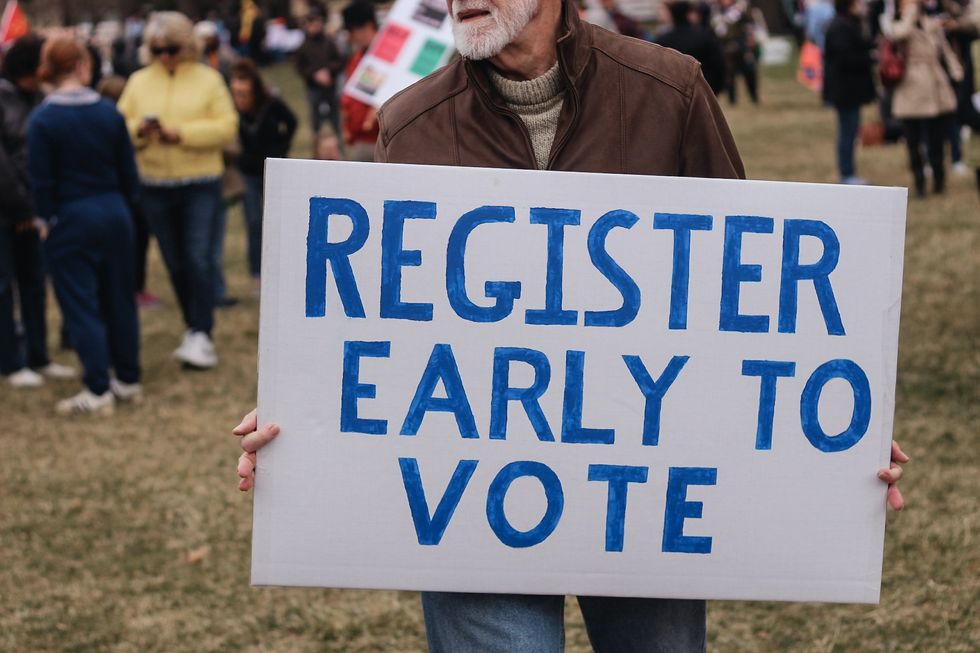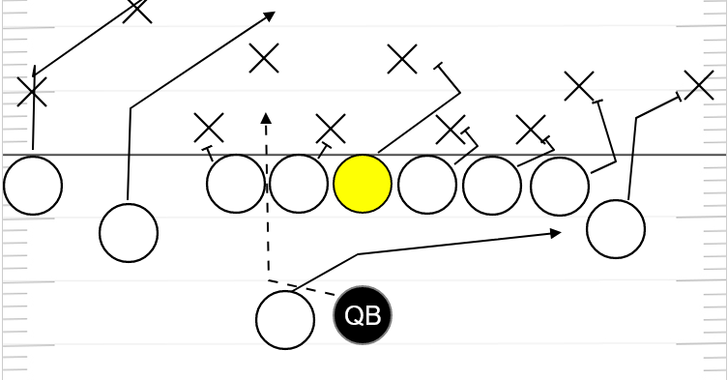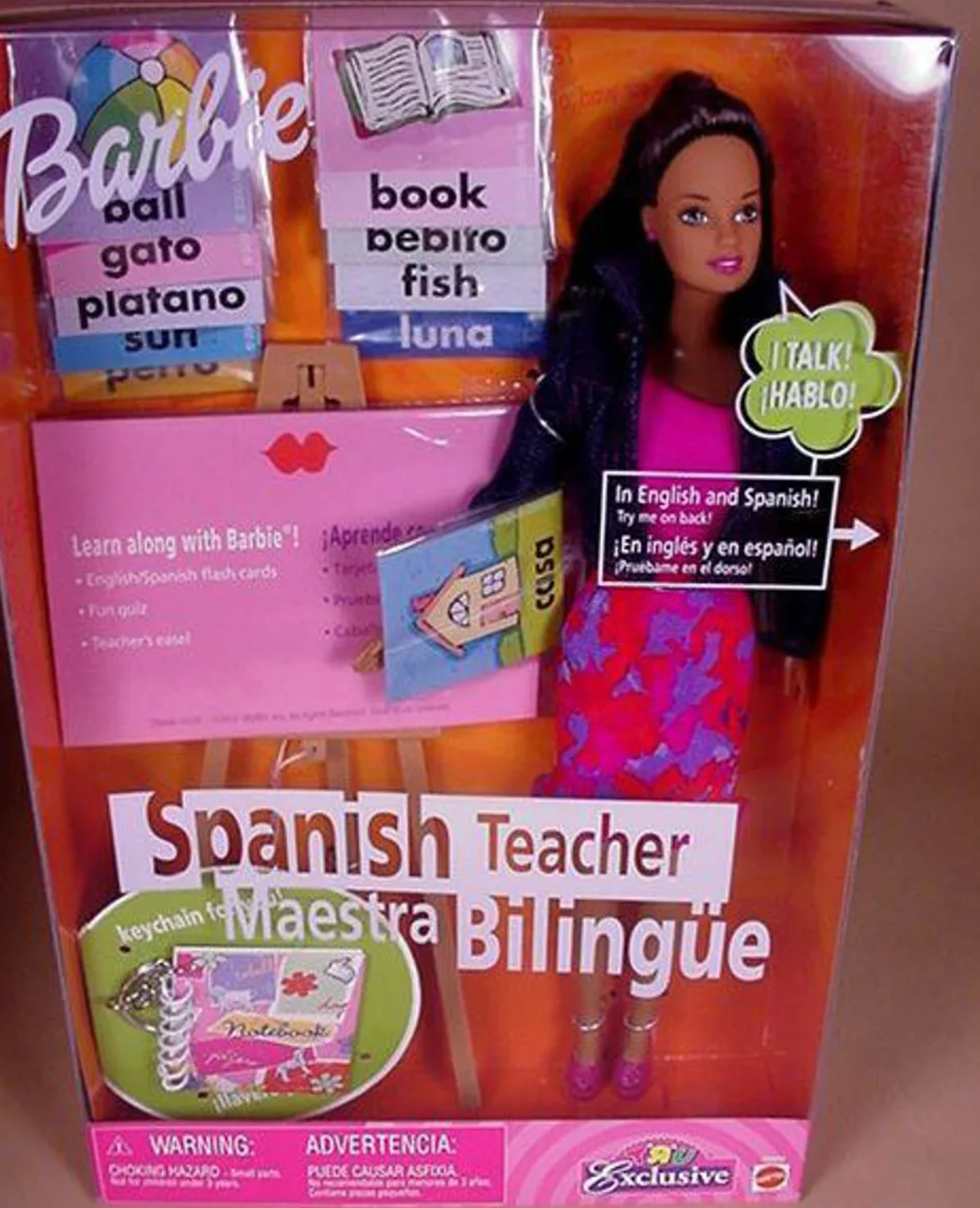With everything happening in the world right now, voting in this upcoming election is crucial. With the fall semester starting and college students preparing to return to out-of-state schools, many of them may not vote because they don't know how to. Due to busy student schedules, if voting isn't made easy, many of them opt-out. There are options available to voters that move out-of-state during the election season. However, due to COVID-19, some of these procedures may have been modified, so for the most up to date information contact your local elections office or website.
Register to vote
Before you figure out how to vote in a different state, make sure you're registered to vote in the first place. You can easily register online through Vote.gov, however, it is only available to 39 states plus the District of Columbia. Another way to register is through the mail by picking up a paper form at your local DMV or county elections office. Depending on where you live determines the different ways you can register.
Recommended for you
Early voting
Many states offer early voting as an option for those who can't make it to election day. Early voting allows registered voters to vote on specific dates before Election Day. Unlike absentee voting, there is no excuse or reason needed to vote early. To vote early in your home state, you would have to contact your county's elections office to see if and when they are offering early voting. The time period in which early voting is offered varies from state to state. For example, early voting in California is done in the 29 days before Election Day. Early voting is also known to reduce wait times on election day and increase voter turnout. So if you are still in your home state within the early voting period, this could be a good option for you.
Absentee voting
Absentee ballots are the most common form of out-of-state voting. Absentee voting allows voters to vote by mail within the U.S. All states offer absentee voting, but the rules depend on which state you are registered to vote with. Due to COVID-19, many states are making this option more available and some states may automatically send you an absentee ballot to the address you're registered with.
To request a ballot yourself, visit your state election office website and click on "Absentee Voting" or "Voting by Mail." Some states require a valid reason or excuse to absentee vote. Acceptable and common responses, according to the USA.gov website, include:
- Being an out of state student.
- Being on business travel or vacation on election day.
- Unable to get to your polling place due to illness, injury, or disability.
It is crucial you don't forget the deadlines for when to request and return your ballot, as these deadlines vary from state to state. The United States Postal Service says voters should account for at least 14 days roundtrip for mail-in ballots. So in order for your vote to arrive and count on Election Day, make sure you mail your ballot in time. It is important you keep those deadlines in mind so no votes are lost.
Overseas voters
If you are overseas, U.S. citizens can receive their absentee ballots via email, fax, or internet download, depending on the state you're registered in. In order to be eligible, you must submit a completed Federal Post Card Application to your local election officials. You must submit this form each year you plan to vote overseas and submit it at least 45 days before an election. They will then send an electronic blank ballot that you will have to return before the deadline. However, if you still haven't received your ballot with 30 days before the election, you can use the Federal Write-In Absentee Ballot to vote.









 Photo by
Photo by 









































